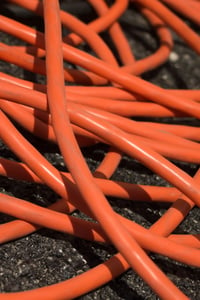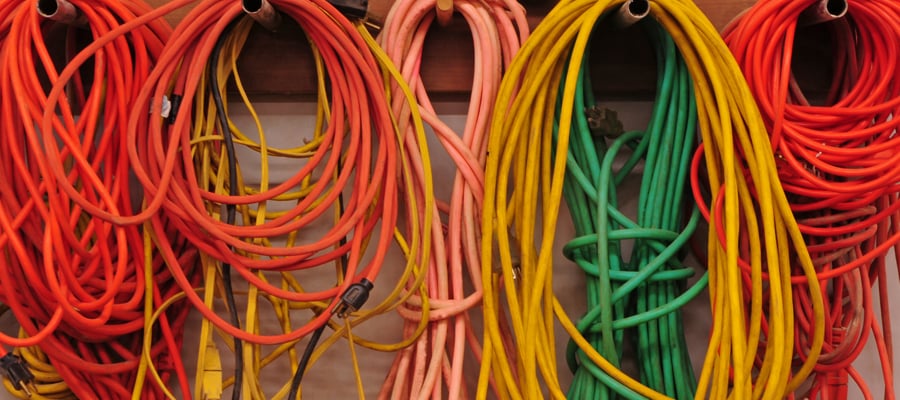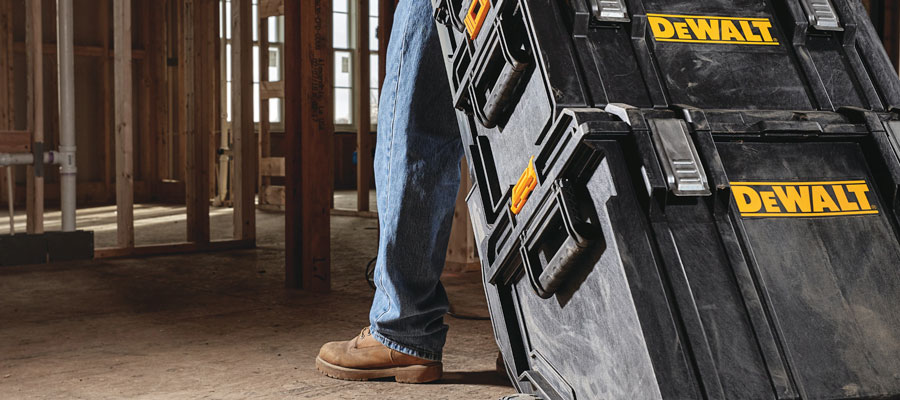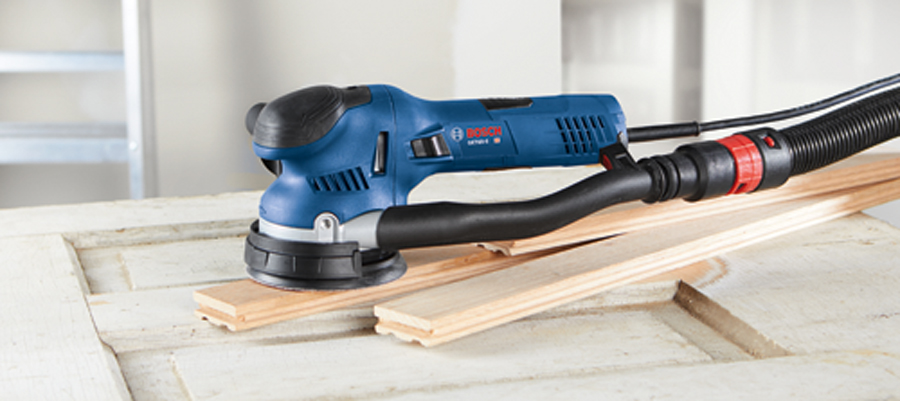When you're working on a job site, the use of extension cords to get power where you need it is almost a given. But which cord is the right one for the job and how can you ensure that it's being used safely on the job site? Electrocution and falls are two of construction's Fatal Four, accounting for over half of all construction deaths. Here's more information on this virtually universal tool in construction and how to select and use it correctly.

First, let's talk about gauge and length. The longer the extension cord needs to run, the higher the load it carries and the heavier the wire will need to be. Gauge refers to the size of the wire used in the extension cord. This is one of the areas that directly impacts how large a load an extension cord can safely manage. In general, the smaller the number, the larger the wire and the larger the load the extension cord can manage.

In general, a light duty household extension cord should only be used indoors with a load up to 7 amps, typically constructed with 18 gauge wire up to 25', 16 gauge wire up to 50' and 14 gauge wire up to 100'. A medium duty extension cord will handle devices up to 10 amps with a typical construction of 16 gauge wire up to 25', 14 gauge wire up to 50' and 12 gauge wire up to 100'. A heavy duty extension cord will handle loads up to 15 amps with 14 gauge wire up to 25', 12 gauge wire up to 50' and 10 gauge wire up to 100'.
You can often find the gauge printed or embossed on the side of the extension cord, usually several times down its' length. In general, if you're having to link a pair of extension cords, it should meet the gauge for the load over the entire length, so if you're running 10 amps at 50', you'll need two 25' 14-gauge extension cords with the mated ends tied in an underwriter's knot and protected from exposure to water. If you're not sure how many amps, volts or watts your tool will draw, you can calculate these amounts fairly simply. To determine volts or amps, divide the watts by the volts to determine amps or by amps to determine volts. To determine watts, multiply the volts by the amps to get the total wattage.
For general construction use, you'll want to stick to three-prong extension cords as they provide an extra level of safety through the ground.
If you have the option, try to plug into a ground fault protected outlet which will automatically trip a breaker in the outlet if a sudden surge is detected on the line. Make sure that your extension cord is laid out to avoid hazards, such as being cut on metal framing, run through snow or water and similar concerns. If you can't avoid crossing a floor space, tape the cord down to prevent tripping and falling accidents, but don't cover it as this can cause the cord to heat up and become a fire hazard.
When you need to use an extension cord on the job site, knowing what type is best for your situation and how to use it safely is vital to how well your project runs. If you need help finding the right extension cord for your project, please feel free to contact us today. At Star Sales, we're always happy to help you keep your project rolling forward successfully.







